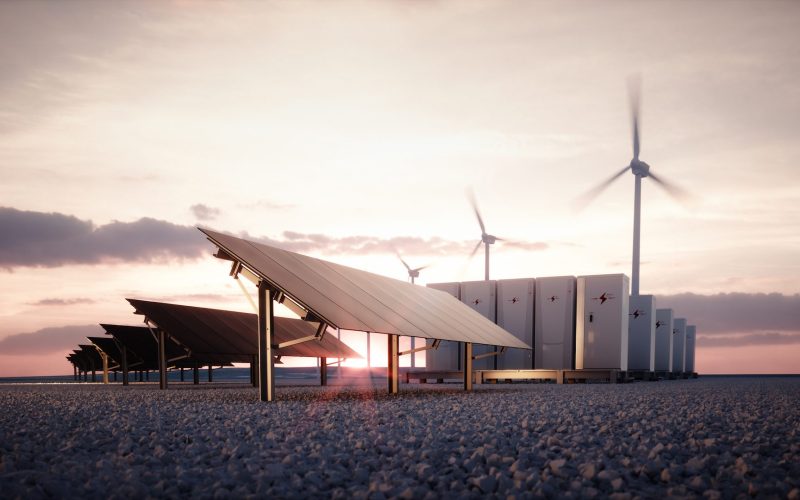THE VOICE FOR THE ENERGY CONSUMER

Louisville, KY – Consumer Energy Alliance (CEA), the leading consumer energy advocate, released the following statement after the final passage of Senate Bill 100 (SB 100), which would direct the.

CEA’s Brydon Ross was recently interviewed by CBS about the $244 billion financial burden consumers will face as a result of the Green New Deal. “A PR slogan doesn’t keep.

DENVER — Today, Consumer Energy Alliance (CEA), the leading consumer energy advocate, voiced concern and disapproval with Senate Bill 19-181 (SB-181), proposed legislation being fast-tracked in Colorado. This bill would.

CEA’s Kevin Doyle discusses how the Green New Deal would negatively impact Floridians from travel plans and tourism, to replacing current household appliances, which alone will cost Americans $244 billion..

Staying on top of the number of bills to pay these days is exhausting. Mortgage (or rent), car payments, gas and fuel, healthcare, student loans (or other loans), mobile phone,.

CEA’s Kaitlin Schmidtke explores how additional energy development can help offer stability to farmers across the state, who spend about 30% of their annual expenses on energy each year. There.

Engaging consumers from families to businesses about the future of energy is an important part of our mission at CEA. Supporting programs that will bring innovation and investment in clean-teach.

CEA’s David Holt looks at how vital infrastructure and energy projects have been unnecessarily halted due to extreme activist groups resulting in job losses and a lack of economic growth.

Even as Maryland’s economy is growing and unemployment is falling, CEA’s Mike Butler discusses the need for more access to affordable energy for Marylanders, who spend an average of $2,925.

ALBANY, N.Y. — Thanks to increased production of cleaner-burning natural gas and safer, state-of-the-art technologies and techniques, families, businesses and farmers throughout New York state saved nearly $30.9 billion between.